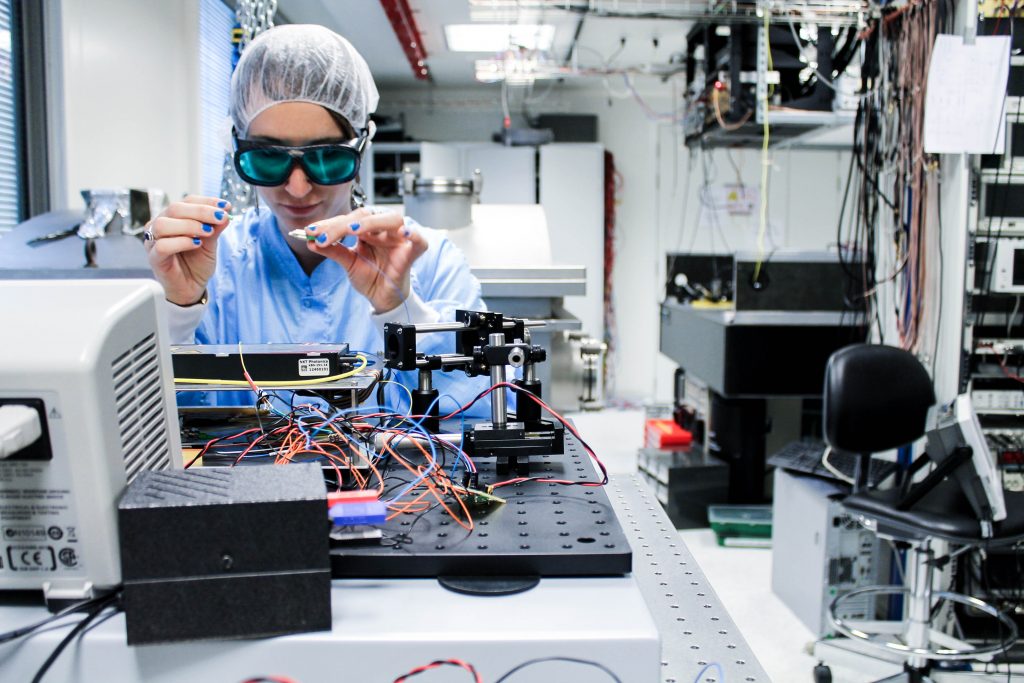PhD defense of Lucile Fayon: “Seismologic space instrumentation: transfer function of the 6 axes InSight seismometer and development of a picometric interferometric displacement sensor “
Lucile Fayon is pleased to invite you to her PhD defense which will take place the 17th of April 2018 at 2:00 pm in the amphitheatre P.G. de Gennes in the Condorcet building of Paris Diderot University. She will present the work she has done for the last 3,5 years in IPGP and APC, under the supervisions of Philippe Lognonné and Hubert Halloin.
Lucile Fayon PhD has been financed by UnivEarthS, where she is working in the team I3 : Fundamental physics and Geophysics in space.
Abstract:
Seismologic space instrumentation: transfer function of the 6 axes InSight seismometer and development of a picometric interferometric displacement sensor
The understanding of the Solar System formation and its evolution is deeply connected to the knowledge of the planets interior structures. In situ studies with seismometers are therefore crucial to probe the internal structure and composition of the telluric planets. Indeed, SEIS (Seismic Experiment for Interior Structure) will land on Mars in 2018 (NASA InSight mission). Its both types of sensors (VBBs and SPs) are mounted on the LVL (a mechanical leveling system) for which the purpose if twofold: ensure a level placement of the sensors on the Martian ground and provide the mechanical coupling of them to the ground. During my thesis, I developed a simplified analytical model of the LVL structure in order to reproduce its mechanical behaviour by predicting its resonances and transfer function. This will allow to prepare the scientific exploitation of the commissioning SEIS data on Mars, and also to estimate the ground properties of the landing site and determine the phase velocity of surface waves, highly dependent of the subsurface composition. Today, new projects are also considered for a seismic return on the Moon. Indeed, the Apollo seismometers had a good resolution in ground displacement but were however unable to detect all the lunar seismic signal. During this thesis, I worked on the development of an optical readout prototype for planetary seismometers, based on the use of gravitational waves detectors’ technology. The objective is to improve the sensitivity of the InSight VBBs by about 2 orders of magnitude. These two different works will be presented.

